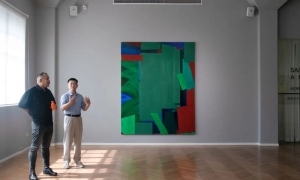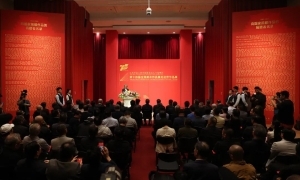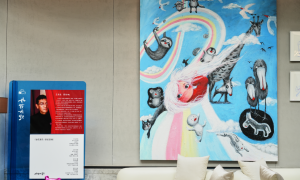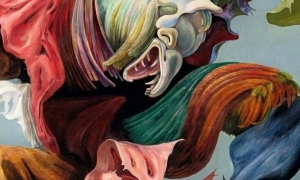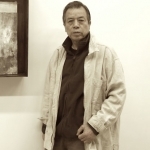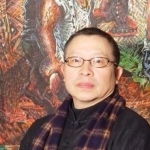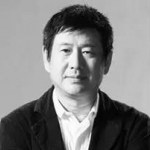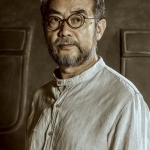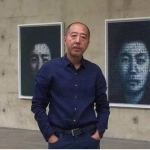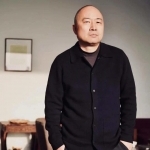前言
卡塞爾文獻(xiàn)展沒有特定的形式, 這就使得我們要將精確和寬大結(jié)合起來. 通常展覽都有特定的主題或者是為某個藝術(shù)家, 某個時期或者某種風(fēng)格做展覽, 但是卡塞爾文獻(xiàn)展在本質(zhì)上就與此相矛盾.
第一屆文獻(xiàn)展的構(gòu)思并不是為了要用當(dāng)代藝術(shù)來緩解當(dāng)時德國內(nèi)部社會的萎靡不振. 他是非官方的, 與慶典沒有多大關(guān)系的展覽, 就算回到1995年, 它也只是一種帶復(fù)仇思緒的審美努力. 每5年舉辦一次的文獻(xiàn)展已經(jīng)發(fā)展成為了當(dāng)代藝術(shù)的標(biāo)志, 成為了一種新的藝術(shù)形式的表達(dá)方式, 反應(yīng)了一種新的談?wù)撍囆g(shù)的試驗(yàn)方式, 并且接受非西方思想侵入帶來的改變.
舉辦一屆沒有確定形式的文獻(xiàn)展意味著會遭遇到強(qiáng)烈的質(zhì)疑. 但是展覽本身的魅力以及它所帶給大家的期望卻也很高. 這是因?yàn)榇蠹叶疾恢酪鯓觼響?yīng)對這樣的未知形式. 他們試圖在努力尋找的過程中感受挑戰(zhàn), 但是怎樣在辨識和固位之間保持平衡呢? 藝術(shù)能告訴我們規(guī)則. 突出藝術(shù)家的名字,向所有的概念屈從不是我們的目的, 并且我們也不贊成地理政治學(xué)的同一性. 相比其他藝術(shù)家來說, 某些藝術(shù)家對我們來說仍然有很大的意義, 并且特定的一些主題還是很有價值. 不過事實(shí)就是, 藝術(shù)和歷史有關(guān)聯(lián), 每一件藝術(shù)作品背后都有一個相應(yīng)的歷史. 但是如果我們?nèi)サ纛A(yù)先設(shè)定的類別并且能達(dá)到一個藝術(shù)本身能用藝術(shù)術(shù)語相互交流的高度的話,這樣的展會還是很值得一看的.這是一個真正意義上的審美經(jīng)歷: 展覽本身已經(jīng)變成了媒介, 并且能將觀眾真正融入其中.
不過我們怎樣才能在這個高度上面運(yùn)作自如呢? 所有的目錄都是按照時間的先后排序,而不是按照字母來排序的. 在這個時間線索中某些作品很突出, 同時也能在后面找到所有藝術(shù)作品的列表.我們甚至從很早期的作品中選擇這些藝術(shù)品. 盡管這個看起來好像很怪, 因?yàn)榭ㄈ麪栁墨I(xiàn)展是一個當(dāng)代藝術(shù)展,不過我們相信大多的藝術(shù)形式的形成都必須要經(jīng)歷一個很長的歷史過程. 說不定在將來也能發(fā)展的很好. 藝術(shù)家們都很清楚他們現(xiàn)在所使用的這些藝術(shù)形式和將來可能的情況. 但是觀眾們不清楚. 如此對我們來說, 在理論上以及實(shí)實(shí)在在的展出所有形式的內(nèi)在定論并且讓他們體現(xiàn)在第12屆文獻(xiàn)展中非常有意義.
完成一個展覽僅僅靠一兩個人肯定是不行的. 并且沒有靈感,我們無疑沒有辦法完成他們的激情和實(shí)現(xiàn)對他們的諾言. 為保持文獻(xiàn)展無特定形式的特性, 我們不會顧及到參與準(zhǔn)備個體的方方面面. 盡管如此, 我們也很愿意利用這個機(jī)會去感激所有的藝術(shù)家和顧問們. 也很感激為這個展覽花了3年時間的團(tuán)隊(duì). 同時還要感激支持我們的管理層,即使是在難于決策的時候他們?nèi)匀缓苤С治覀? 以及給予文獻(xiàn)展巨大支持的以Kulturstiftung des Bundes為代表的政府部門, 市長, 海森聯(lián)邦政府以及德國政府. 感謝第12屆文獻(xiàn)展的顧問團(tuán)隊(duì),他們讓我們在卡塞爾感覺像在自己的家鄉(xiāng)一樣自在, 以及文獻(xiàn)展雜志的編輯部門, 他們在全球范圍內(nèi)都給我們很大的幫助. 第12屆文獻(xiàn)展國際理事會, 以及第12屆文獻(xiàn)展中給予我們巨大支持的個人. 總之, 我們要感謝那些所有的支持文獻(xiàn)展的人, 我們的贊助商,我們的媒體合作者, 我們的出版商.
Preface
The big exhibition has no form. This trivial fact made us seek to combine precision with generosity. More often than not exhibitions come with a theme or are dedicated to a particular artist, a certain era or style, however the documenta’s inherent formlessness contradicts any such approach.
The first documenta was conceived out of a desire to reconcile a demoralized German civil society with Modern art. Yet the first exhibition had nothing much official or celebratory about it; even back in 1995 it was an aesthetic effort with a vengeance. Reappearing every five years, documenta has subsequently developed into a cipher of contemporary art, as an image it has adapted itself to new modes of artistic expression, it has reflected experimental ways of speaking about art, and it has allowed itself to be changed by the influx of non-western thought.
To do documenta, an exhibition without form, means entering a field of highly contradictory forces. The fascination emanating from the show, as well as the expectations it raises are enormously high. This is due to the fact that people are not really well equipped to deal with radical formlessness. They tend to feel the challenge by seeking for identity. But how does one keep the balance between identification and fixation? Art can teach us this discipline. It was not our aim either to highlight artists’ names or to succumb to all-encompassing concepts, nor did we want to favor geopolitical identity. Naturally certain artists matter to us more than others and of course particular concepts remain essential. It is equally true that art is not without context; each work is attached to a local history. However, exhibitions are only worth looking at if we manage to dispense with preordained categories and arrive at a plateau where art communicates itself and on its own terms. This is aesthetic experience in its true sense: The exhibition becomes a medium in its own right and can thus hope to involve its audience in its compositional moves.
But how can we navigate on this plateau? The catalogue entries follow a time line rather than alphabetical order. Certain works are highlighted within this time line, while the complete checklist of the art works can be found at the back. With our choice of the works we have moved deeply into the past. Although this might look odd considering that documenta is an exhibition of contemporary art, we believe that it is necessary that because most forms and formats come with rather a long history. They may also extend well into the future. Artists are highly aware of both the history of the forms they are using as well as of their future implications. The audience is generally not. It made sense, to us, to approach the internal dynamic destinies of form not only theoretically but to actually show them, turning them into documenta 12.
An exhibition is not created by one or two people alone. Without the inspiration, the engagement and the passion of others we would doubtlessly have failed. In keeping with decumenta’s formlessness we are refraining from mentioning every single individual that took part in the preparations. This notwithstanding, we’d like to use this opportunity to thank the artists and our advisors. Deep gratitude goes to the team that has spend three years working on the exhibition. We are eternally grateful to our management for supporting our ideas even when decisions were difficult, as well as to the governing body of documenta GmbH, that is the city of Kassel with its mayor, the federal state of Hessen and the German government, represented by the Kulturstiftung des Bundes. We thank the documenta 12 Advisor Board, which made us feel at home in Kassel, the editorial boards of ducumenta Magazines, who welcomes us around the globe, the international Council of Documenta 12, and those individuals who have supported us as “pillars” of documenta 12. Finally, we would like to thank those who lent us exponents for the exhibition, our sponsors, our media partners and our publisher. We dedicate this exhibition to our two children Charlotte and Kasimir, who have coped valiantly with their parent’s often-lengthy meanderings.










